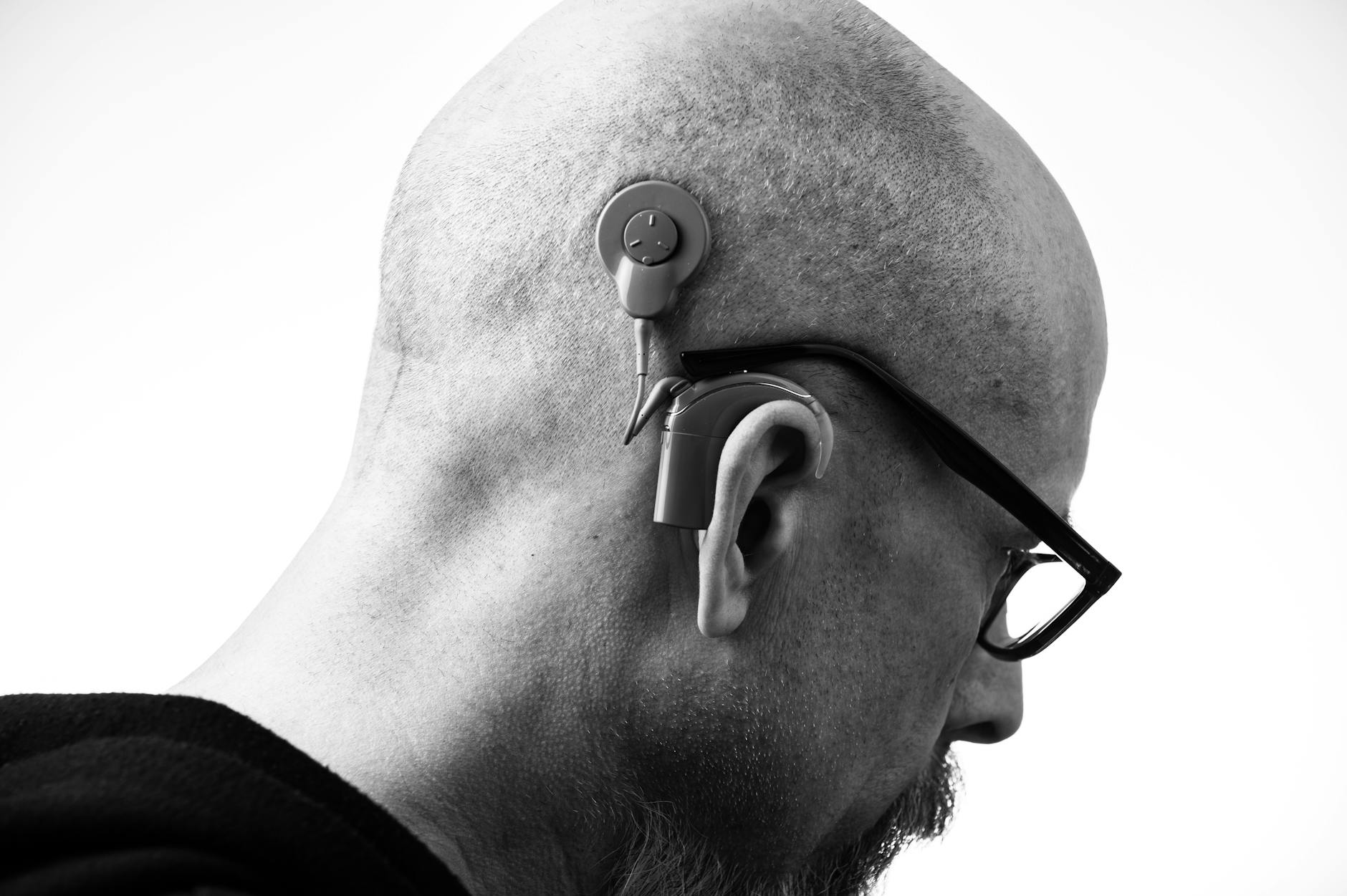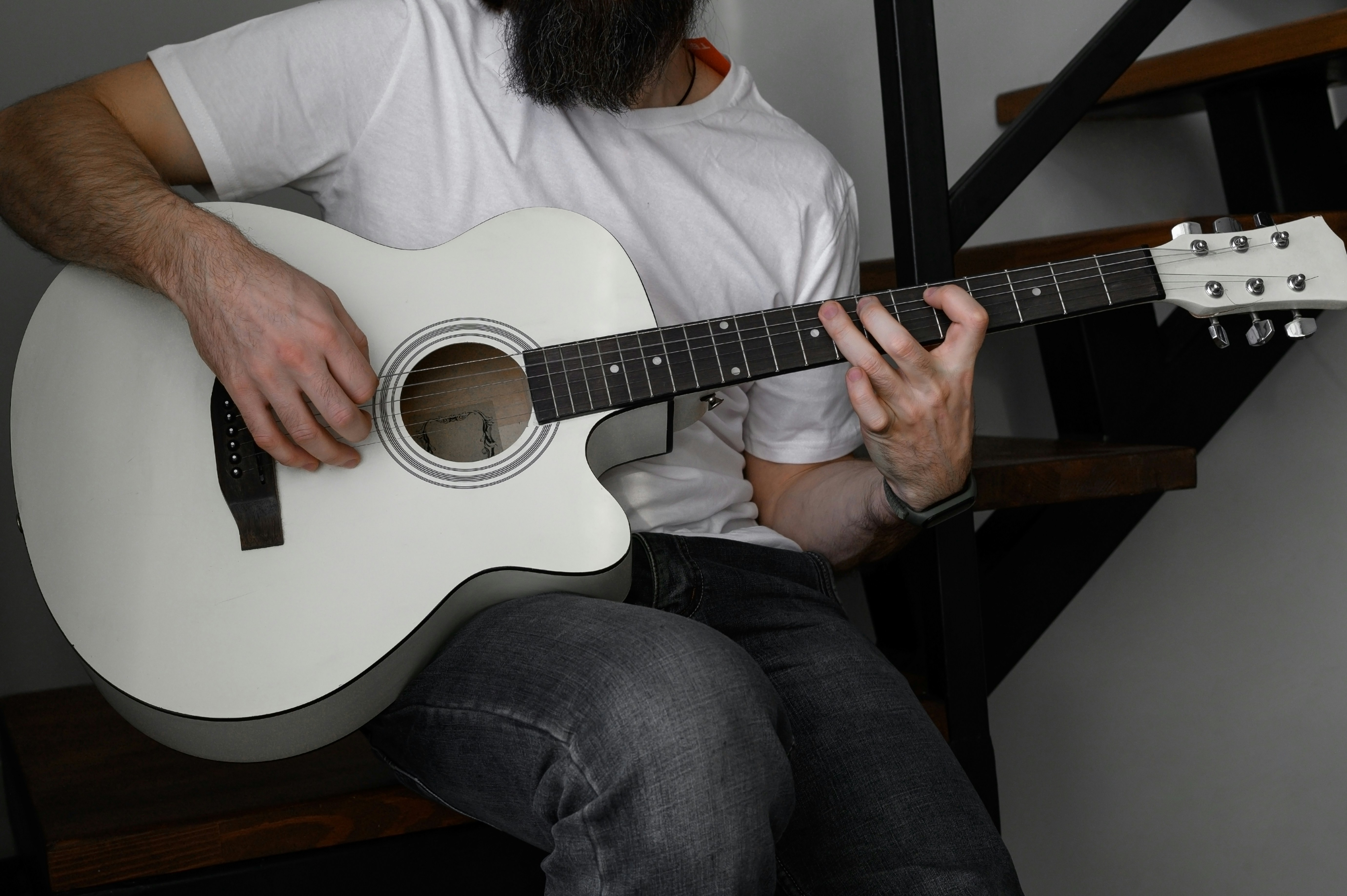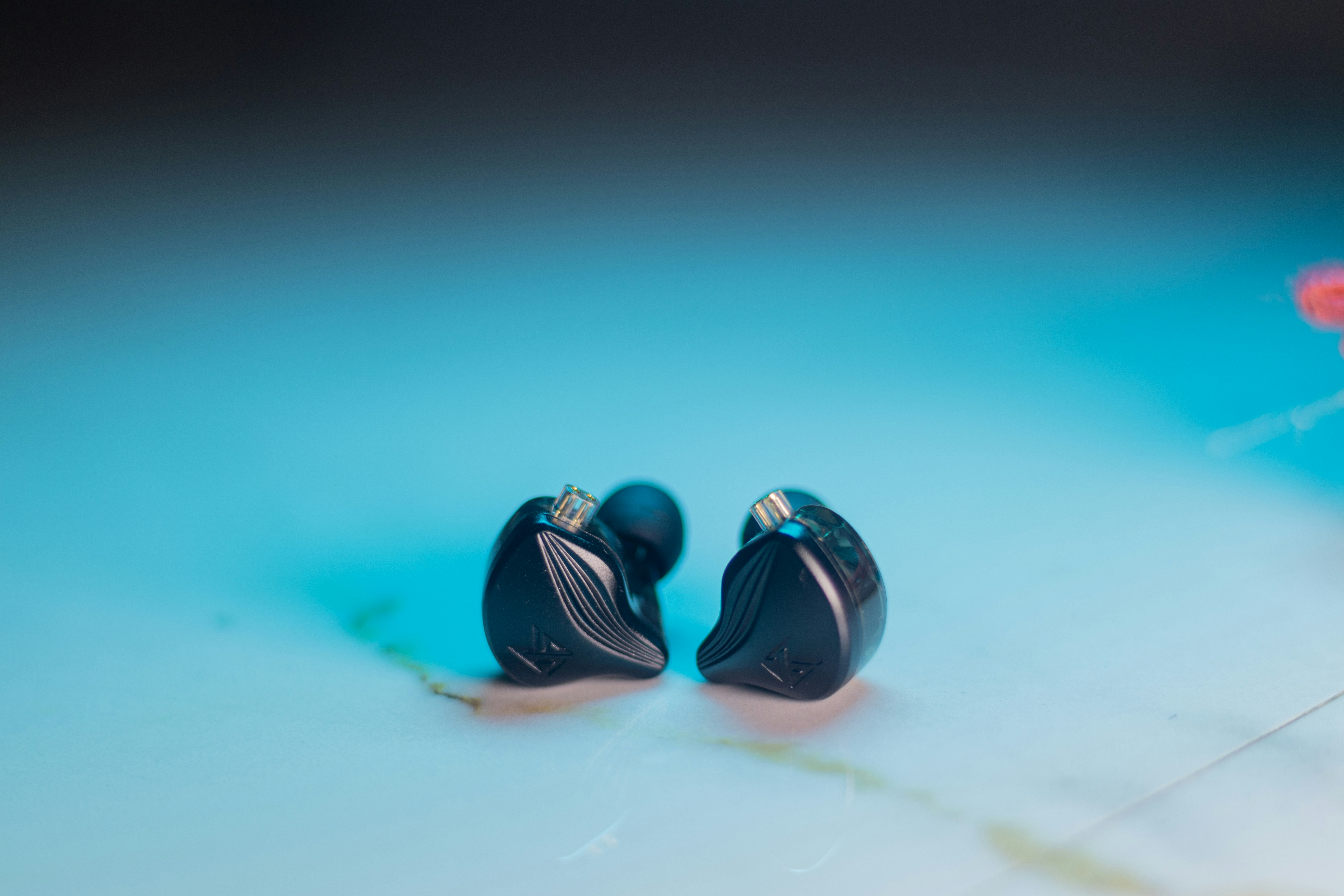Lede: Hearing aid ads promise “AI that understands speech like your brain” and “effortless conversation in noise.” The truth is encouraging—but not magical. Today’s AI helps hearing aids handle complex sound scenes better than older tech, yet the hardest listening situations still benefit from smart strategies, accessories, and a good fitting. Here’s how to set realistic expectations and squeeze real-world results from the latest features.
AI: What It Means in a Hearing Aid (and What It Doesn’t)
Artificial intelligence in hearing aids usually refers to machine learning models—often deep neural networks (DNNs)—trained to recognize patterns of speech and noise. These models run on the tiny processor inside your devices ("edge AI") or in the companion app. They guide how the device aims its microphones, shapes sound, and decides when to reduce noise versus preserve speech detail.
What AI does well:
- Classifies sound scenes quickly (e.g., quiet office, car, cafe) and switches settings automatically.
- Improves noise reduction decisions so speech sounds less muffled while background clatter softens.
- Enhances voice cues—consonants and voice pitch—so words feel crisper.
- Adapts over time to your preferences if you use app-based ratings or “learn my environment” features.
What AI doesn’t do (yet):
- It doesn’t perfectly separate one talker from many competing talkers in a reverberant room.
- It doesn’t read minds—if you face away from the speaker or they’re far away, performance drops.
- It can’t fully replace good microphone placement; physics still rules.
Bottom line: AI can make tough environments more comfortable and words more intelligible, but it’s not a universal cure for the cocktail party problem.
How Modern Hearing Aids Use AI to Tackle Noise
1) Beamforming (Microphone Aim)
Hearing aids use two or more microphones to “aim” toward speech sources. AI helps decide when to use a narrow beam (single talker in front) versus a wider pattern (group conversation). It also adapts when a talker moves or you turn your head.
2) Noise Classification and Reduction
AI models identify steady noises (fans, engines) versus fluctuating noise (dishes, crowd chatter). They apply the least distortion to speech-rich frequencies while suppressing non-speech energy. You’ll hear less hiss and rumble, with better preservation of speech edges that matter for understanding.
3) Speech Enhancement
Some systems apply neural speech enhancers trained on millions of voice/noise pairs. They attempt to reconstruct speech that’s buried in noise. When done well, voices pop forward. When pushed too hard, voices can sound processed or “watery.” Your provider can tune how aggressive this is.
4) Scene Analysis and Auto Programs
AI scene analyzers choose presets: restaurant, music, car, windy outdoors, and more. In a car, for example, the aids can attenuate low-frequency road noise and emphasize a passenger’s voice beside you.
Where AI Helps the Most—and Where It Struggles
Sweet spots
- Moderate noise where the talker is within a few feet and in your visual focus.
- Steady background sounds (HVAC, traffic hum) that AI can reduce without harming speech clarity.
- Environments with predictable patterns—commuting, office chatter, grocery aisles.
Tougher situations
- Multi-talker babble at close range (busy parties) where speech and noise overlap heavily.
- Large reverberant rooms (gymnasiums, hard-surfaced restaurants) that smear speech cues.
- Far-field listening (the person speaking across the room) where the signal is too weak for clean separation.
In the tougher situations, accessories and small behavior tweaks often matter more than another notch of AI.
Turn AI Into Real-Life Results: Your Action Plan
Step 1: Start with a verified fit
Before any fancy algorithms help, the basics must be right. Ask your audiologist to verify your hearing aid prescription with real-ear measurements (probe-microphone verification). This ensures soft, medium, and loud sounds are amplified appropriately at your eardrum. An accurate fit gives AI a clean starting point.
Step 2: Do speech-in-noise testing
Request an in-office speech-in-noise test (e.g., QuickSIN, BKB-SIN). It benchmarks how you hear in background noise and helps guide settings. Repeat the test with different programs or accessories to see measurable changes.
Step 3: Learn and customize your programs
Use your app to label programs you’ll actually remember, like “Cafe,” “Meeting,” or “Grandkids.” If your aids offer adjustable AI noise reduction or “focus” sliders, practice moving them in a few real venues. A 10-minute walk-and-tweak session with your provider can save months of frustration.
Step 4: Use the right accessory for the job
- Remote microphones: Clip one on your conversation partner in a noisy restaurant, or place it in the center of a meeting table. This leapfrogs physics, moving the mic closer to speech.
- TV streamers: Send audio straight to your aids without cranking room volume.
- Upcoming public broadcast tech (e.g., Auracast-ready): If your aids support the new Bluetooth LE Audio standard, you’ll be able to tap into venue broadcasts when available.
Step 5: Employ low-effort environment tweaks
- Sit with your back to a wall and face the talker; reduce sound coming from behind.
- Choose softer surfaces if you can—booths over open tables; curtains beat glass walls.
- Ask dining companions to speak one at a time and avoid talking while clattering dishes.
Step 6: Give your brain time—and optional training
Even with AI, your brain adapts over weeks. Consider short, app-based auditory training or simply 10–15 minutes a day of focused listening to podcasts or audiobooks while reading along. Many people notice easier listening after a few weeks.
Comparing AI-Featured Hearing Aids: Practical Criteria
Rather than chasing marketing terms, compare devices using the criteria below during a real-world trial.
- Clarity in your top 3 problem places: Try the restaurant, the car with passengers, and your workplace. Take notes.
- Adjustability: Can you change the strength of noise reduction and microphone focus without diving into complex menus?
- Latency: Do voices feel delayed or “echoey” when you hear live sound and streamed audio? Lower latency feels more natural.
- Wind handling: Outdoor walkers and golfers need smart wind management.
- Battery life: Some AI features tax batteries more. Confirm you can get a full waking day, including streaming.
- Update cadence: Does the manufacturer deliver meaningful firmware updates? Ask your provider what’s changed in the last year.
- App usability and privacy: Are controls understandable? Are data permissions clear and optional?
- Accessory ecosystem: Availability of remote mics and TV streamers can matter more than any single AI feature.
Tip: Ask your audiologist if you can A/B compare two programs—one with maximum AI noise reduction and one conservative—then test both in the same environment.
Setting Expectations: Comfort vs. Understanding
People often want two things in noise: to reduce listening effort and to understand more words. AI often delivers noticeable comfort first—lowering the volume of clatter and hiss. Understanding more words comes from a combination of proper fit, microphone directionality, realistic expectations about distance and reverberation, and strategic accessories.
You’re doing it right if you notice these signs:
- Less need to ask for repeats.
- Lower feeling of “listening fatigue” after meals out.
- Less temptation to remove your devices in loud places.
Privacy and Data in AI-Enabled Hearing Aids
Some apps offer personalized AI features by collecting environment labels, button presses, or ratings you provide in different situations. Typically, audio isn’t recorded or stored; instead, the system captures acoustic statistics (like noise level) and your preferences. Still, it’s smart to:
- Review app permissions and disable location or analytics if you prefer.
- Use manufacturer accounts with two-factor authentication.
- Update firmware and apps regularly to get security patches and feature improvements.
If privacy is a top concern, ask your audiologist to demonstrate offline features that don’t rely on cloud processing.
Real-World Scenarios and What to Try
Busy restaurant
- Switch to your “Cafe” program with stronger directionality.
- Seat yourself with a wall behind you and face your main conversation partner.
- Use a clip-on remote mic if it’s a special dinner or important meeting.
Open-plan office
- Use moderate noise reduction to keep voices natural while softening keyboard and HVAC noise.
- For hybrid meetings, pair the computer’s audio directly to your aids or use a conference mic on the table.
Car conversation
- Enable the “Car” program; many devices reduce low-frequency road noise and focus on side passengers.
- Ask passengers to face you when speaking; short turns to make eye contact help the beamformers.
Working With an Audiologist: Make the Most of Your Trial
Partnering with a hearing care professional is the fastest route to success. Consider this game plan:
- Bring a list of your top three listening challenges.
- Ask for real-ear verification and speech-in-noise testing before and after adjustments.
- Request a demo of a remote microphone in the office—and borrow one for a week if possible.
- Schedule a follow-up within 2–3 weeks to fine-tune AI settings based on your notes.
- Clarify the return window and exchange options so you can trial confidently.
If you’re considering over-the-counter (OTC) options, many of the same principles apply. An optional consultation with an audiologist can still help you choose a device and optimize the fit, especially if you struggle in noise.
When AI Isn’t Enough: Signs You Need More Support
Even the best tech has limits. Consider additional solutions if you notice:
- Persistent difficulty in noise despite verified fitting and accessory trials.
- Challenges hearing in meetings or classrooms where microphones could be placed closer to talkers.
- Symptoms that suggest other auditory issues, such as pronounced difficulty localizing sounds or following simple conversation in quiet.
In those cases, ask your audiologist about stronger directionality options, different coupling (earmolds vs. domes), frequency-lowering features, advanced remote mics, or a referral for further evaluation. Personalized guidance goes a long way.
Key Takeaways
- AI in hearing aids can make noisy places more comfortable and help speech stand out—but it doesn’t defy physics.
- Verified fitting and speech-in-noise testing are the foundation for success.
- Remote microphones and small environment tweaks often outperform any single setting change.
- Trial your top listening situations, take notes, and fine-tune with your audiologist.
If you’re weighing your options or feel stuck with your current devices, consider a consult with a licensed audiologist. A short, focused appointment can transform your day-to-day hearing more than any spec sheet.
Frequently Asked Questions
Are AI hearing aids worth it for noisy places?
For many people, yes—especially in moderate noise and everyday environments like restaurants and cars. AI-guided directionality and smarter noise reduction can reduce listening effort and improve clarity. In very loud, reverberant, or multi-talker settings, pairing the aids with a remote microphone often makes the biggest difference. A verified fit and speech-in-noise testing help you see whether the benefits are meaningful for you.
Will AI features replace remote microphones?
Not yet. AI helps the hearing aids make better decisions, but it can’t overcome distance and reverberation like a mic placed near the talker can. Think of AI as smarter ears and the remote mic as moving your ears closer to the voice—both work better together.
Do AI modes drain the battery faster?
Some aggressive processing can increase power use, especially if you also stream audio. Most current models are designed to last a full day. If you notice shorter runtime, your audiologist can adjust settings or discuss rechargeable options and charging routines.
Can my existing hearing aids get AI through a software update?
Sometimes manufacturers add improved classifiers or noise reduction via firmware, but major AI features usually require newer hardware. Ask your provider to check for updates and to explain what each update changes. If you’re several generations behind, a trial of a current model may show clear advantages.
References
- NIDCD: Hearing Aids
- NIDCD: Assistive Devices for People with Hearing, Voice, Speech, or Language Disorders
- World Health Organization: Deafness and hearing loss



